
The article was written by: Lex Roman
Looking to book your first paying clients? Here are five winning strategies to help you find your first clients as you ramp up your new business venture.
With the remote work revolution well underway, more people are making the leap from employee to founder. The majority of small businesses in recent years are now one-person businesses. These founders, also known as solopreneurs, do it all from finance to marketing to sales to operations. When you have so many roles to carry, you want them to be as manageable as possible.
If you’re venturing into the world of freelancing or solopreneurship, one of your main concerns may be how to find clients. Paying clients (or customers depending on your business model) is the key to early profitability and long-term sustainability. Nailing how to find your ideal clients early will save you a lot of headaches down the road in your business. The earlier you figure out who they are, where they are, and how you want to work with them, the better you’ll be able to generate value for your business.
Know who your ideal client is
Early-stage founders often miss this step, but being crystal clear on who your ideal client is will make it ten times easier to find them. Your ideal client is not everyone. There must be some specific behaviors, life stages, motivations or needs that set them apart from others.
Move beyond demographics, titles, and appearances. Consider instead:
- What their current mindset is around your space?
- What their day-to-day life is like and how big a part of it is the piece you solve?
- How do they see the problem or benefit you offer?
- What makes them frustrated or triggered to solve this problem?
- What motivates them to change or get results?
It’s great to have a quick list of industries or locations or job titles, but more important is to tap into who your clients are as people. What makes them ready and able to buy your offer?
When you deeply understand who they are and how they behave, you can better pinpoint where they are. When you get really focused on just the people who need you and are looking for you, you stop broadcasting to a bunch of people who aren’t a good fit and who don’t want your service.
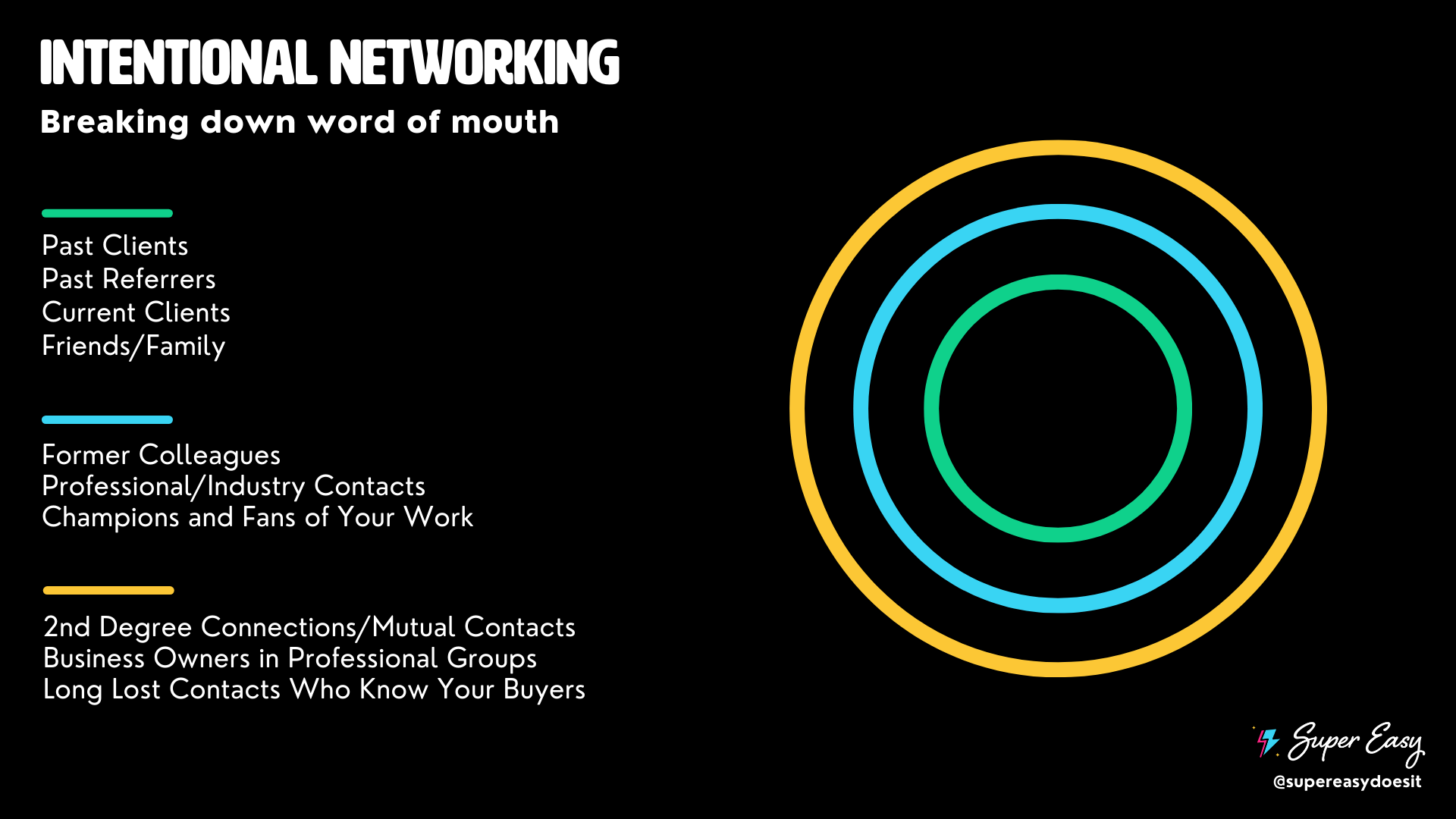
Begin with intentional networking
In order for people to pay you, they have to know, like, and trust you to some extent. The quickest way to short-circuit this is by connecting to clients through people you know. When finding your first clients, make a list of people you know and the potential people they know.
Start with people you’ve had frequent, direct contact with. They can include:
- Friends and family members
- Past colleagues
- Professional contacts from conferences, events, and groups
- Other business owners you know
Make a list of at least 20 names who either could make great clients or potentially know ideal clients. Then, draft up a note about what you’re offering, and who it benefits and ask for introductions. Send each of those 20 people that note.
Once you’ve tapped out your direct relationships, you want to go one ring out to second-degree connections. These are easiest to find on LinkedIn or other social networks. Pull up a people search by 2nd degree or “people you may know.” Skim through the profiles and see if any of them match your ideal client checklist. If so, figure out who you know in common and see if they’ll introduce you.
You can continue to do this practice every month and the more authentically you do it (meaning taking the time to really review who you’re asking for introductions to), the more fruitful those connections will be. Within your network, there are hundreds of potential clients. You just have to get introduced to them.
Build business partnerships
While it’s great if you can reach your buyers directly at all times, sometimes it can take a while to warm up your lead generation game. That’s where business partners can come in. Rather than work to get leads one by one, you build relationships with other business owners who also work with your audience, opening up a lot more opportunities for you both.
Think about who your ideal client works with before, during and after working with you. What different service providers are they also engaging? Make a list of the different types of businesses and next to them, add any specific names that come to mind.
If you don’t know anyone in one of those business categories, employ your intentional networking strategies! Ask for introductions. Browse 2nd-degree connections on LinkedIn. Reach out through your professional groups. Do some Googling. Identify people whose work you appreciate and reach out about partnering to send referrals back and forth.
Established business owners are much easier to network with than individuals because they totally understand the need to expand their sphere of influence. You’ll be surprised at how easily your cold emails or DMs are reciprocated.

Join a couple high value networking groups
When it comes to networking, less is more. It doesn’t help to join a bunch of groups you won’t participate in. Instead, you want to identify a handful of groups where you can build real relationships with potential clients or partners.
These can include online groups like Freelancing Females or Create & Cultivate. They could be industry associations or trade groups like the National Association of Productivity and Organizing Professionals or the American Institute of Architects. They could be local chambers of commerce or national business associations like BNI or the National Association of Women Business Owners. They could be alumni groups from one of your schools or past jobs. It could even be the PTA at your kid’s school or a local volunteering endeavor. It really depends on your goals and your target audience.
When evaluating networking groups, consider:
- Who joins this type of group? How interested would they be in what I offer?
- How interested am I in participating in this group? What does that look like?
- What am I hoping to get out of this group? Clients? Partners? Support?
Make room on your calendar to attend their events and to reach out to members of the group one on one to get to know each other.
Show up where your audience is looking for you
Along the same lines as networking groups, you’ll want to get laser-targeted with where you show up online in order to get seen by your target clients. Rather than blasting off social media into the ether, identify the most specific places where you could find your buyers.
What are your ideal clients reading, watching and listening to? The more detailed you can get with where your folks are turning for advice and information, the better you can show up when they need you. This is why deeply understanding your target audience is key.
If you’re targeting a certain industry or profession, look up blogs, publications, podcasts and micro-influencers who share information mainly directed at that audience. Start following the people behind those ventures and look for opportunities to write or speak through those platforms. You can also offer a workshop or info session tailored to them. One of my earliest target audiences was independent college counselors. They have a professional association called HECA. I became a business partner with HECA which allowed me to offer a workshop to their entire mailing list and I got 4 leads from that alone.
If you’re more interested in a moment of behavior or life change, Google some of the questions or phrases your target clients would ask to see what websites, YouTube channels, podcasts and press pop up. Reach out and see if any of those outlets are looking for guest writers. Follow those journalists covering those topics. Pitch yourself as a guest speaker to podcast hosts or YouTube channels.
With all of the above, get as targeted as you can, even if the potential reach is small. You don’t just want press and promotion. You want to reach a highly qualified audience of people ready to buy your services or products.
Go deep, not broad
Your earliest wins will most likely come from your network. Start from the people you know and work your way out, focused on how you can create mutually beneficial relationships along the way. From there, look at ways to grow your network by participating in a handful of valuable groups and by showing up where your audience is looking for you.
When trying to book your first clients, avoid the mistake of doing everything all the time at once. You don’t need to join and juggle everything in sight. Instead, go deep with every relationship. Focus on genuine conversations. Engage with curiosity. Move with intention.

About The Author
Lex Roman empowers early-stage solopreneurs to find their clients without playing Google and Instagram games. A former Silicon Valley growth designer turned small biz growth marketer, Lex has been crafting winning conversion strategies for companies like Nissan, Macy's, Gusto, and The Black Tux since 2010.
Now, she’s on a mission to help solopreneurs get seen and get sales without being beholden to big tech. Her work has been featured in KCRW, the LA Times, Monocle, MarTech, Go Solo, and the Small Business Radio Show. Find Lex at supereasydigital.com and learn how to get more client referrals with her free toolkit.

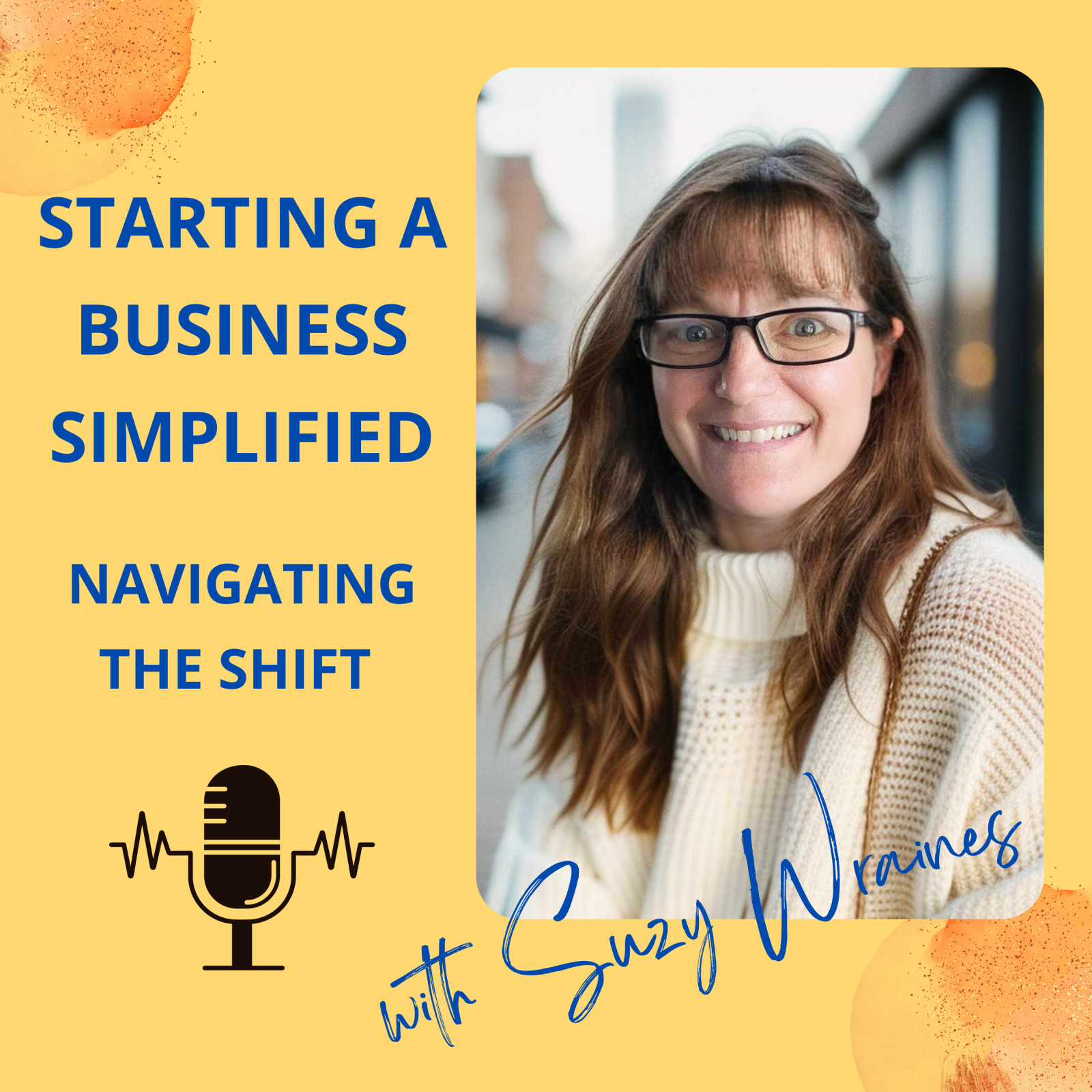
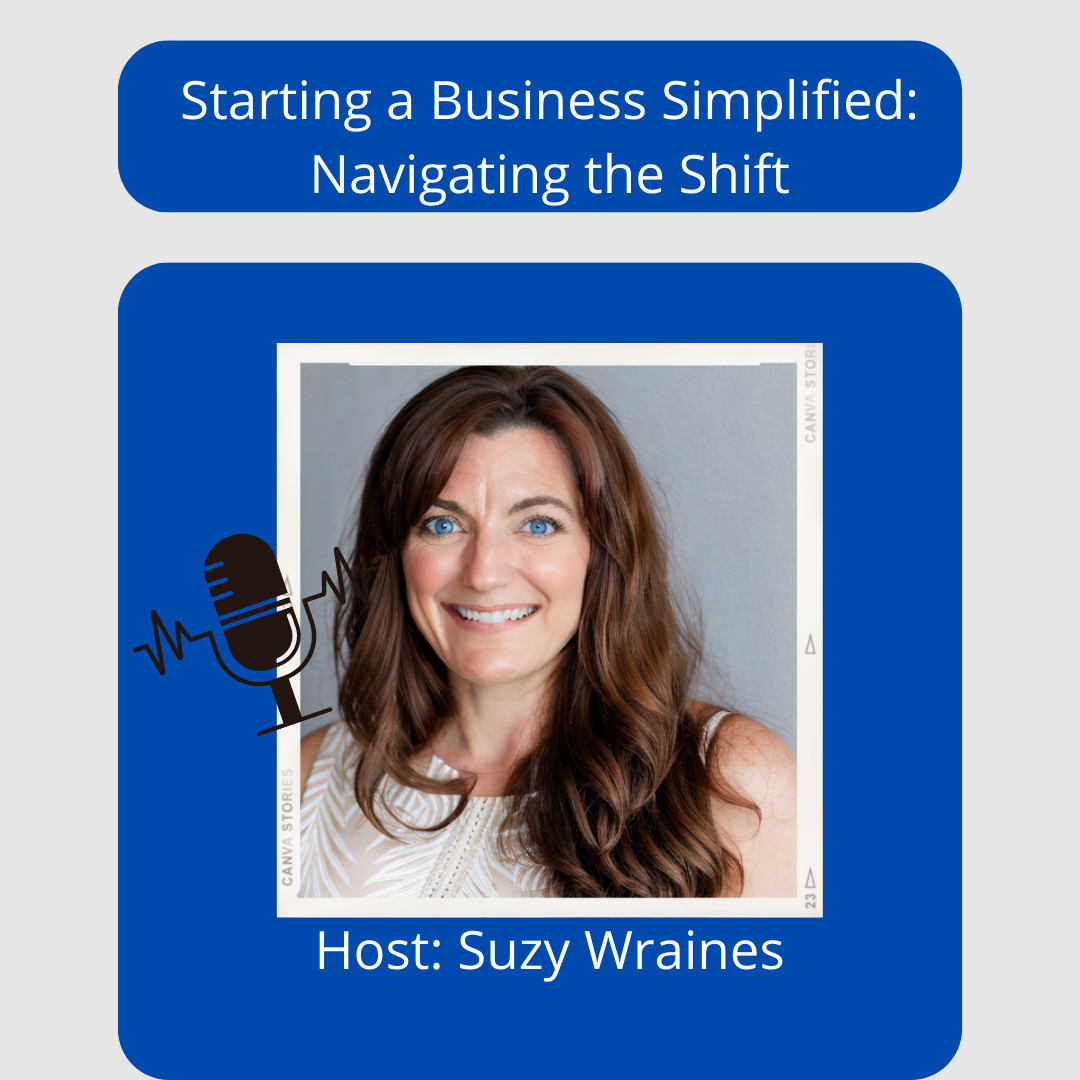



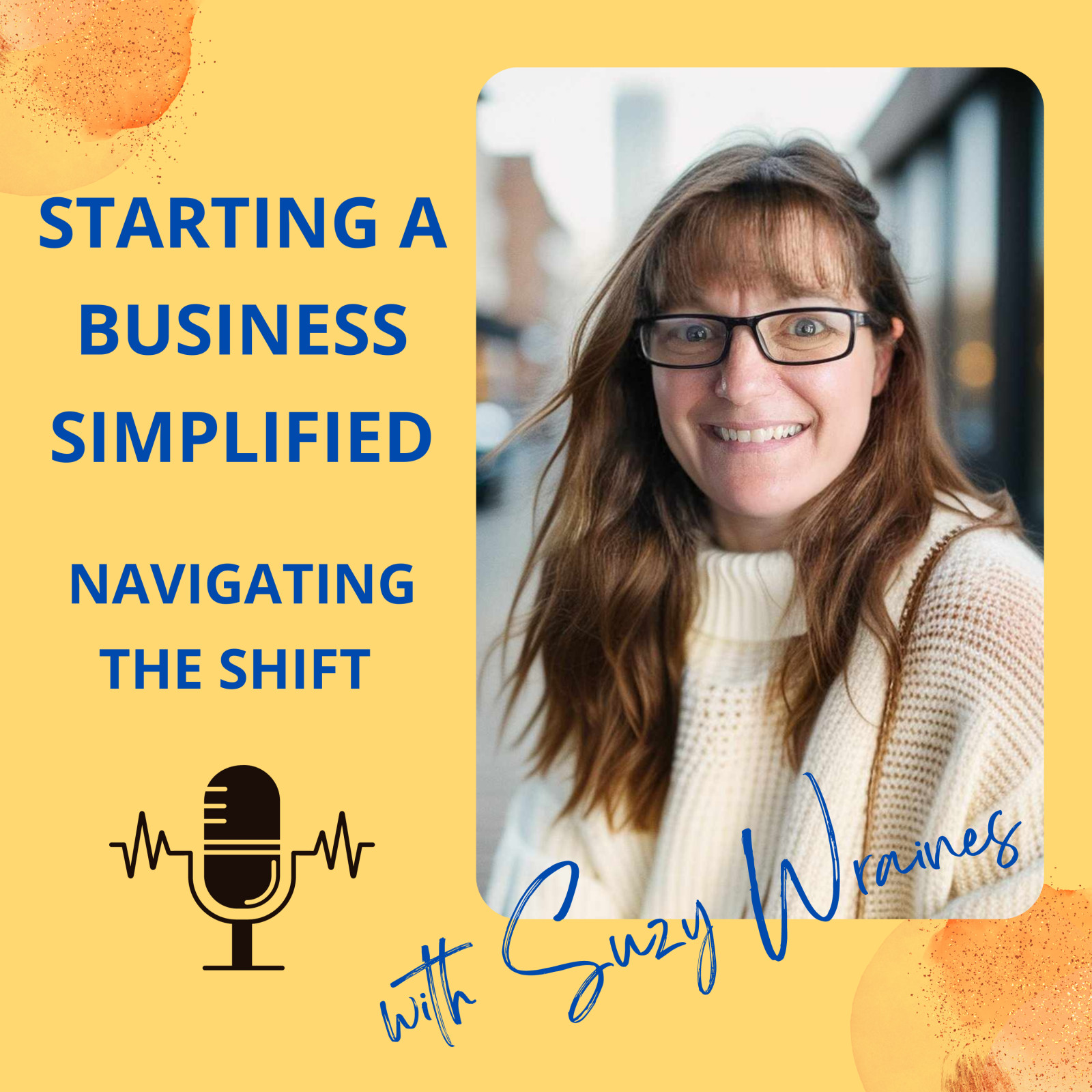
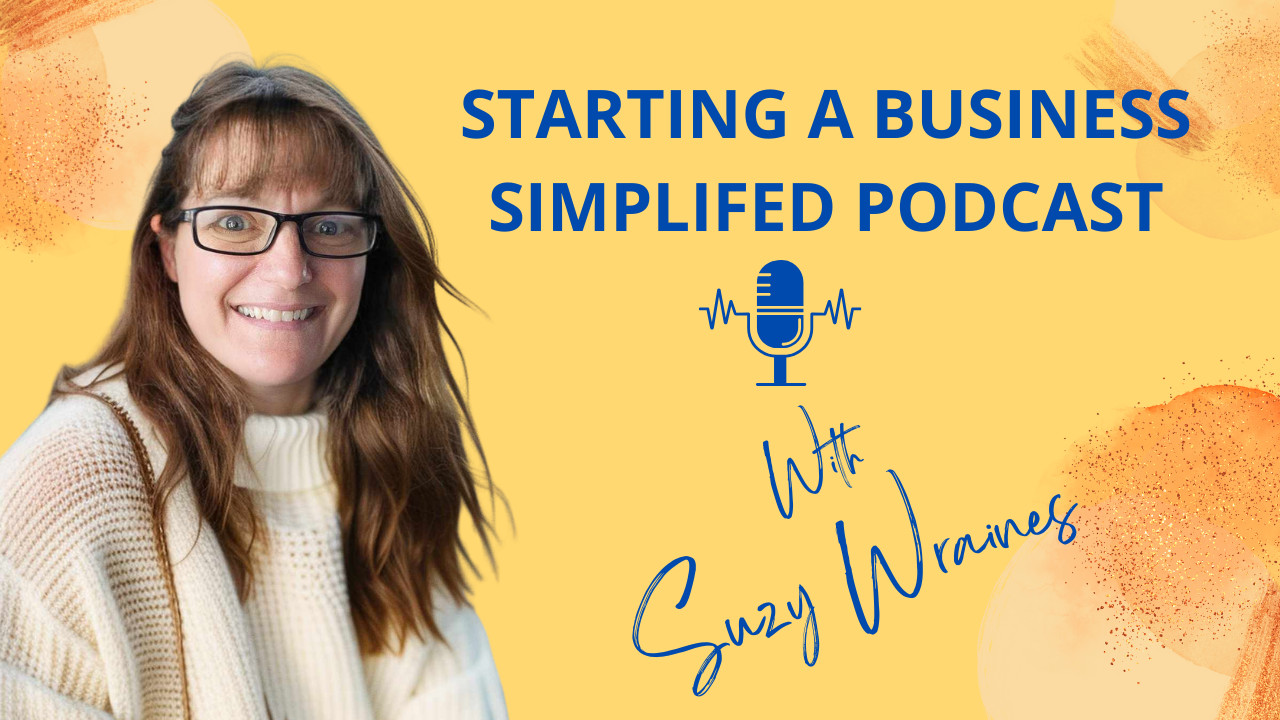
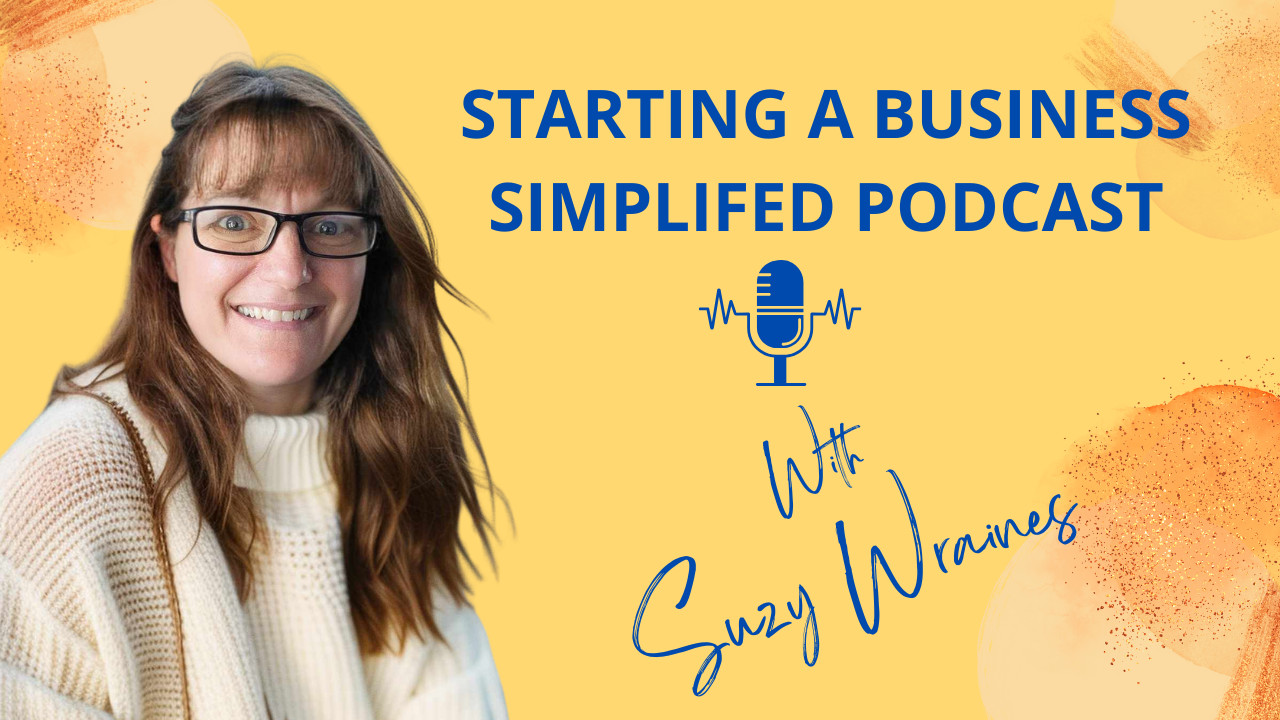

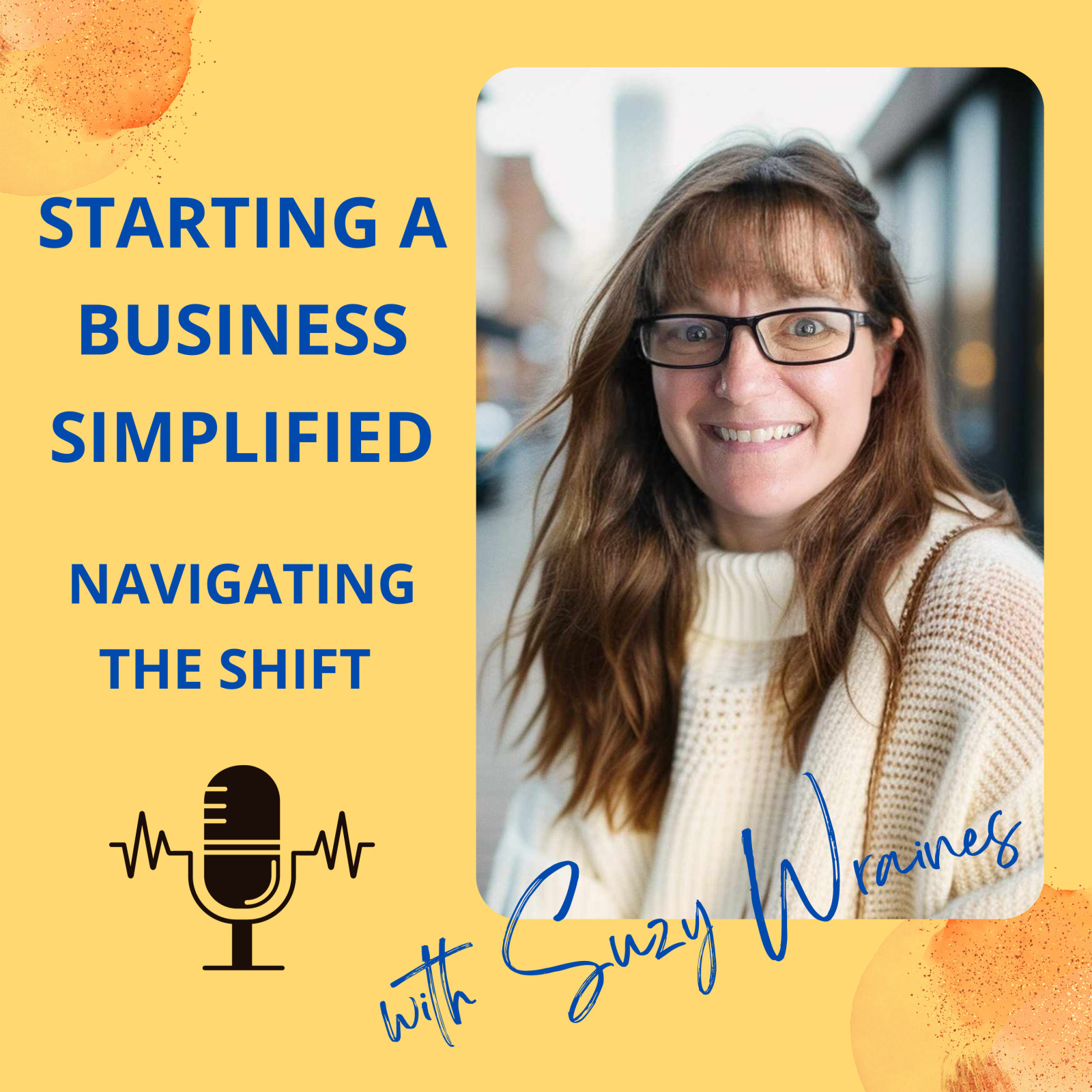
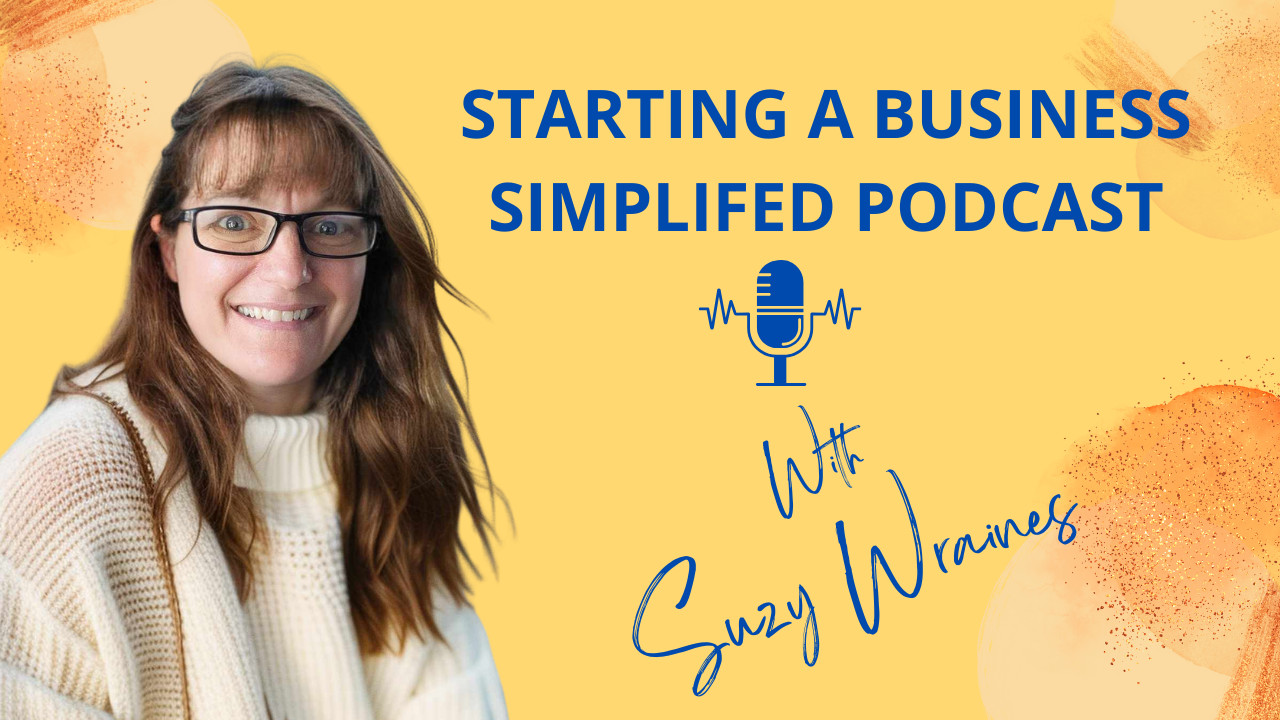
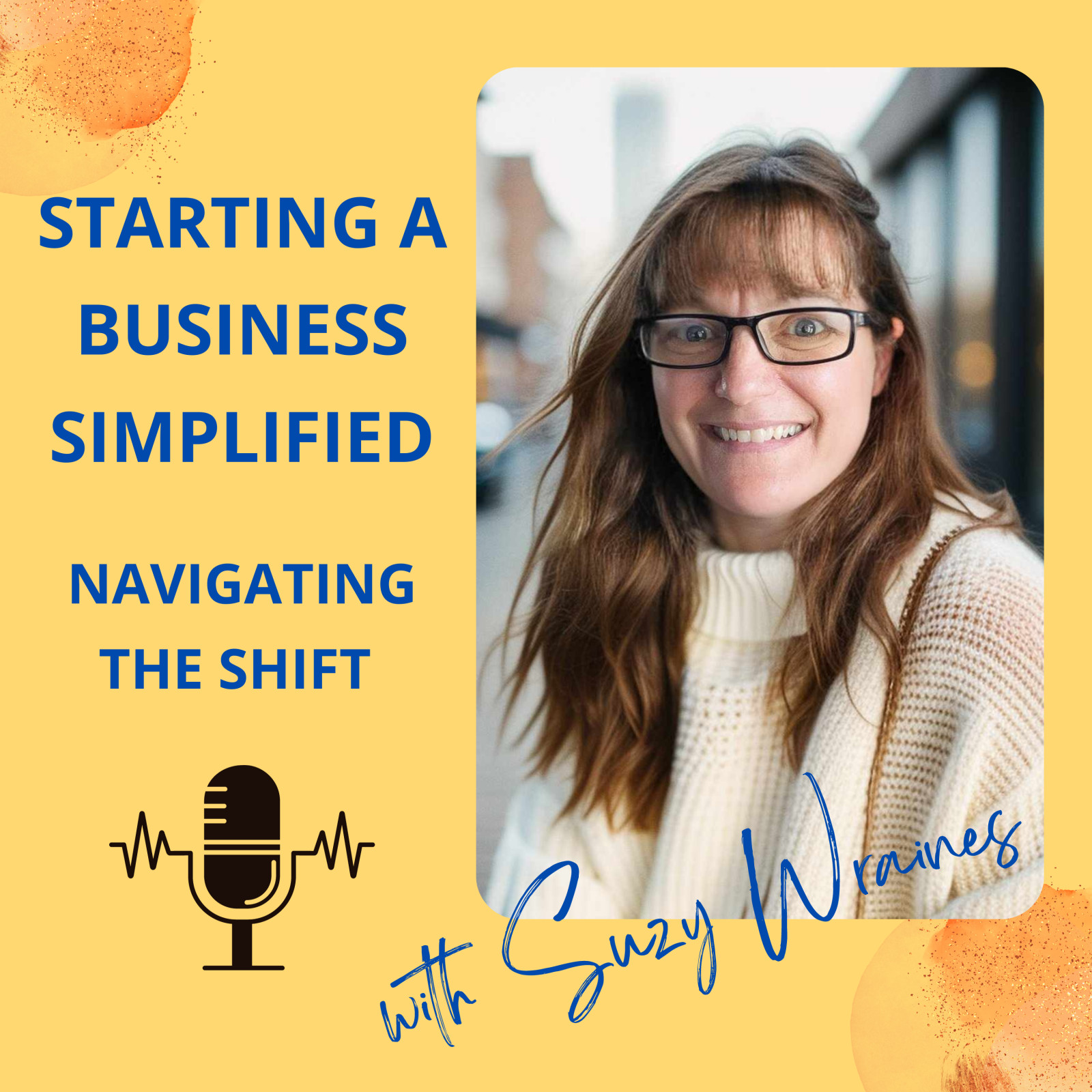



0 Comments